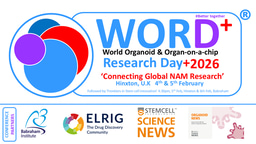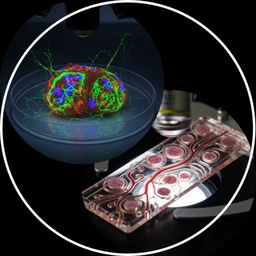Human organoids as 3D in vitro platforms for drug discovery: opportunities and challenges

Abstract
Organoids are 3D structures derived from stem cells that recapitulate key architectural and functional aspects of the corresponding tissue. Compared with conventional 2D cell lines, human organoids provide experimental models that more closely reflect human physiology. Their ability to capture the complexity and heterogeneity of human tissues enables the study of disease mechanisms, drug efficacy and toxicity. When generated from patient material, organoids also allow the assessment of individual drug responses. In this Review, we explore the utility of organoids in drug discovery. We outline current methodologies for generating and maintaining organoids, examine their applications in disease modelling, drug screening and safety evaluation, and consider regulatory aspects and the challenges for their broader adoption in drug discovery.
Wang, D., Villenave, R., Stokar-Regenscheit, N. et al. Human organoids as 3D in vitro platforms for drug discovery: opportunities and challenges. Nat Rev Drug Discovery (2025).
https://doi.org/10.1038/s41573-025-01317-y
Recommended Content
October Newsletter launches WORD+2026 with 50% off a LIMITED Number of researcher tickets.





Please sign in or register for FREE
If you are a registered user on WORC.Community, please sign in